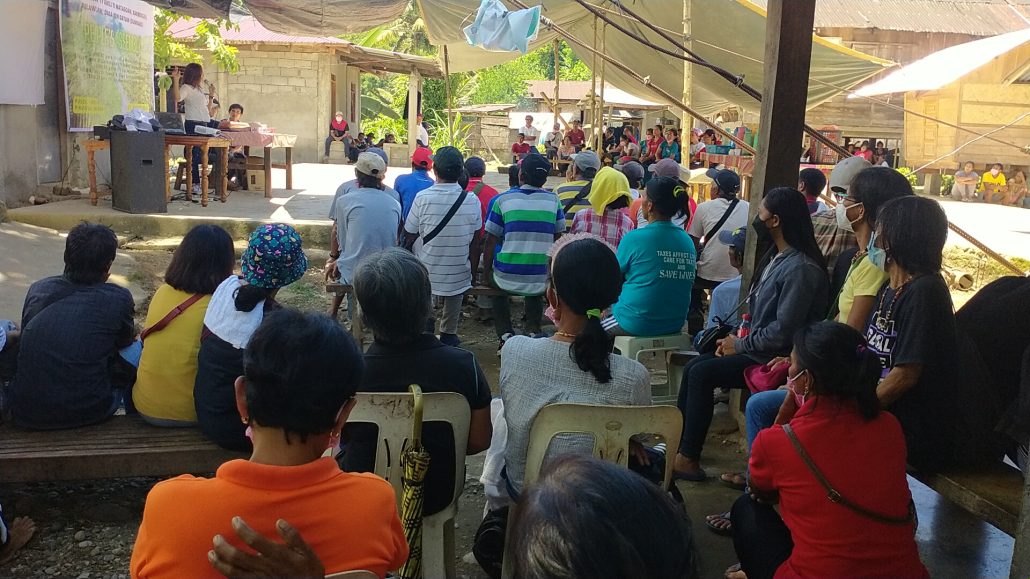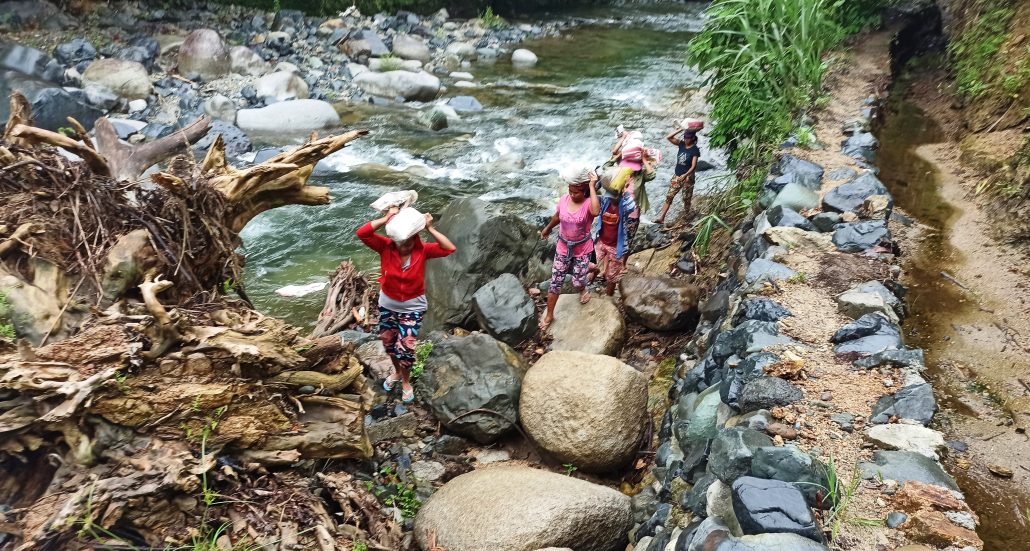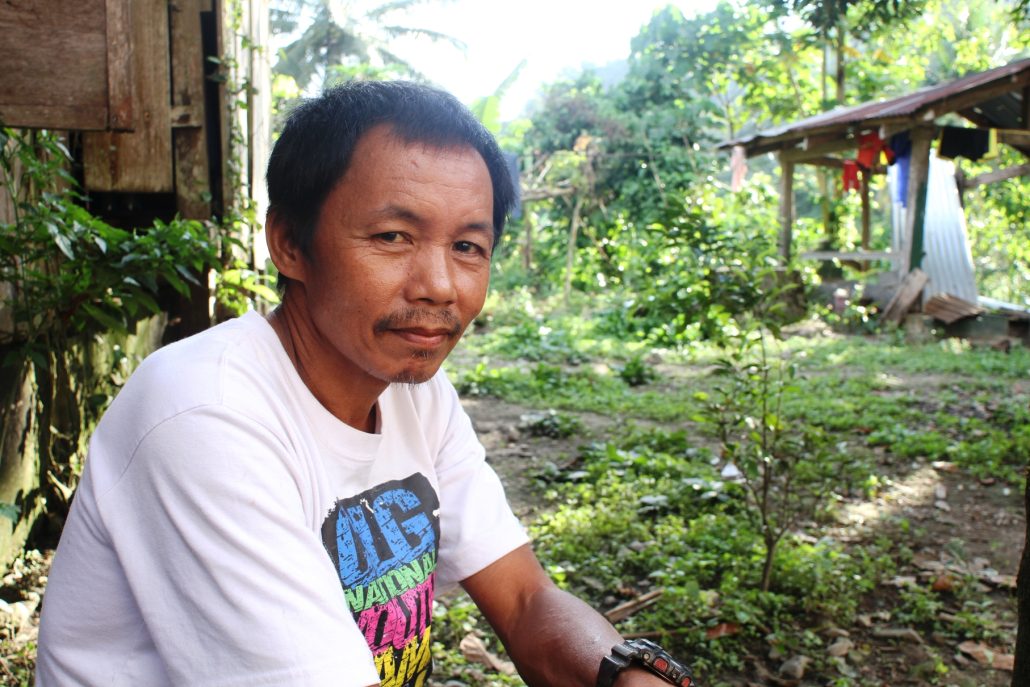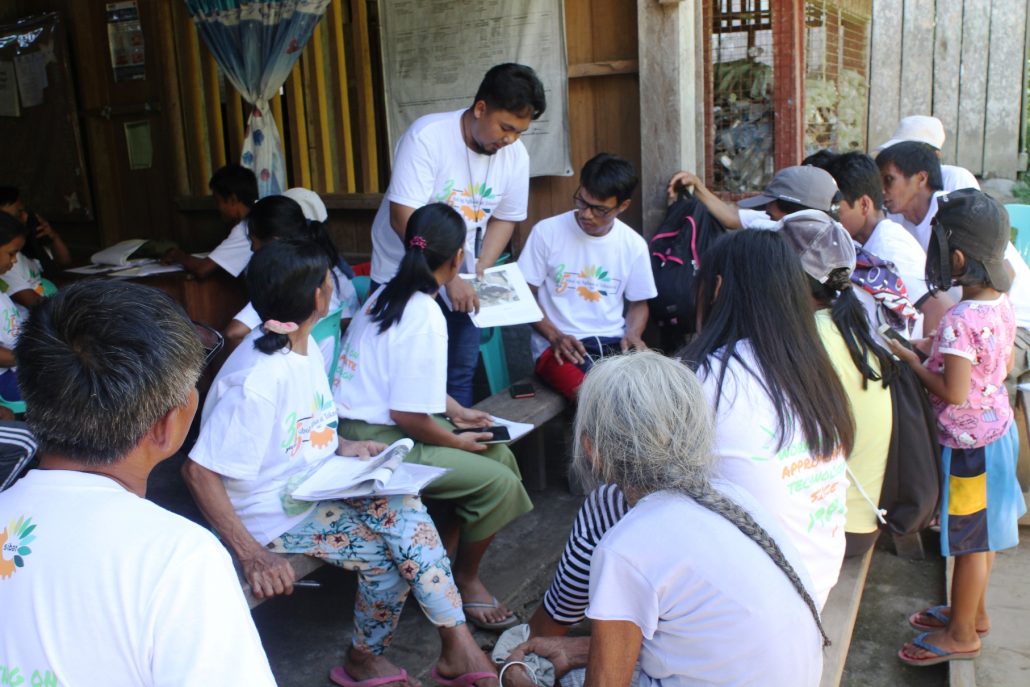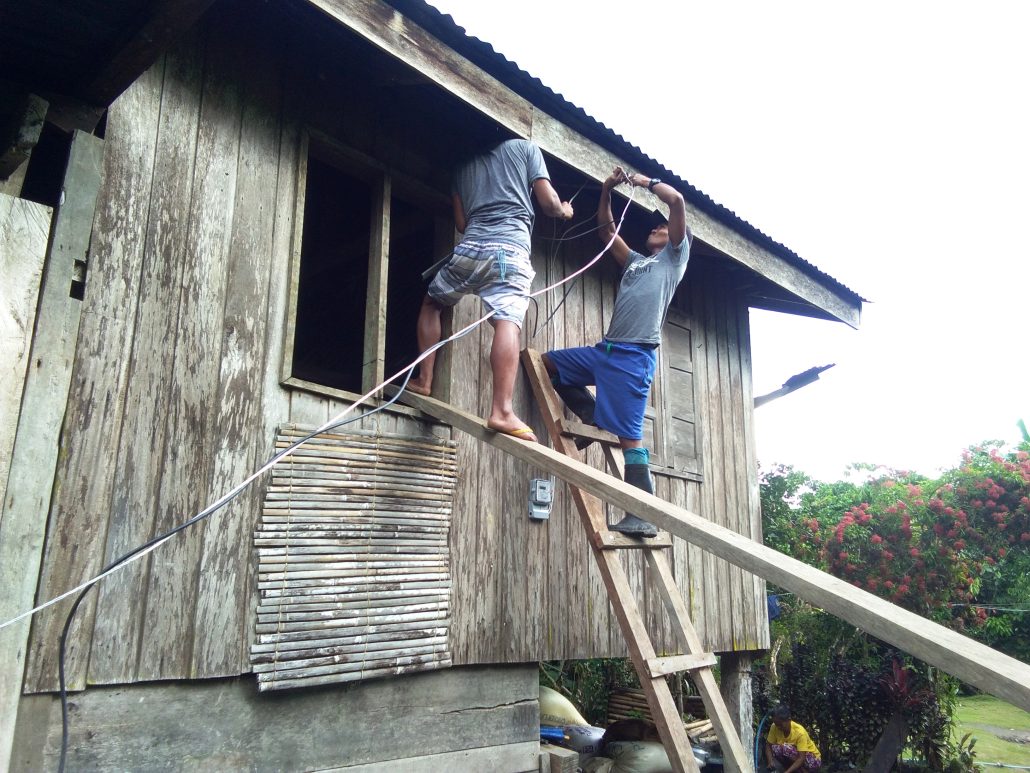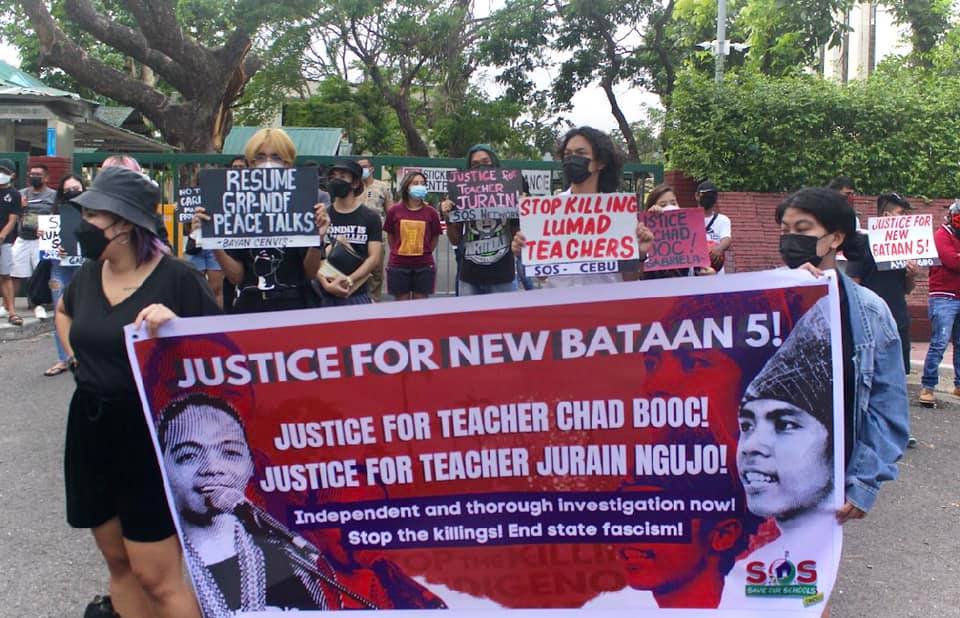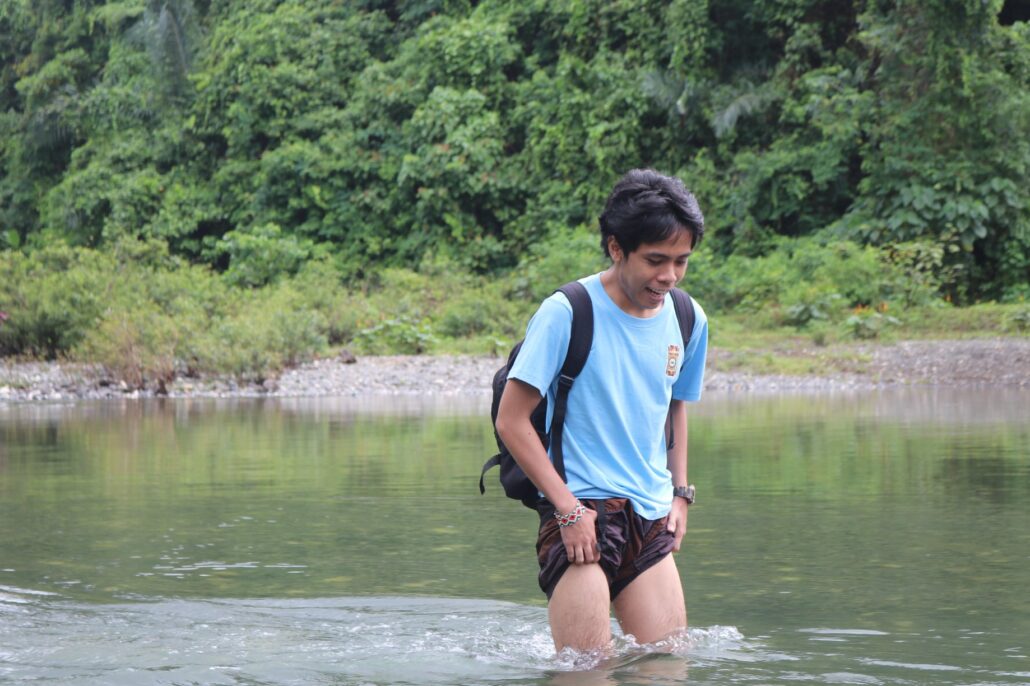Bai Bibyaon, warrior chieftain of the Lumad, dies
Celebrated woman Lumad chieftain Bai Bibyaon Ligkayan Bigkay has died, grassroots indigenous women’s organization Sabokahan IP Women announced Wednesday, December 6.
Bigkay died surrounded by loved ones last November 20, the group said. The cause of her death was not given. She is believed to be about 90 years old at the time of her death.
In accordance with the leader’s wishes, she was buried in an undisclosed location soon after her death, Sabokahan IP Women said.
Born in Natulinan, Talaingod, Davao del Norte, Bigkay first gained prominence in the 1980s when she led a pangayaw, a traditional war, against the company Alcantara & Sons they accused of excessive logging operations in the ancestral domain of the Matigsalug-Manobo tribe.
As the first ever woman chieftain of the tribe, Bigkay was credited for uniting, empowering, and rallying the Lumad across villages to stand up to the loggers.
“This victory against large-scale logging protected old-growth forest, which is the home of Lumad and whose biodiversity is vital in mitigating climate change [impacted] not only the Philippines but across Asia,” Sabokahan IP Women said in its announcement and tribute.
After the fall of the Ferdinand Marcos Sr. dictatorship in 1986, Bigkay became part of the Mindanao Peoples Federation (LMPF) Assembly to resist threats of ethnocide against indigenous peoples.
It was the assembly that resolved to use the collective term “Lumad” to claim political power and unifying identity to the 18 ethno-linguistic tribes of Mindanao.
It was not only in the defense of the Lumad and their ancestral domain however that Bigkay gained prominence throughout the years.
Education and child rights advocate
Bigkay was instrumental in the establishment of the Salugpungan Ta Tanu Igkanugon council that built more that 50 Salugpungan Lumad schools and learning centers in Pantaron and other indigenous communities throughout the island, Sabokahan IP Women said.
A personal advocacy to the Bibyaon (chieftain) was the elimination of the traditional “buya,” child marriage and arranged marriage, and urged her fellow Lumad to send their children to school instead.
Bigkay understood that Lumad families often marry off their daughters in response to conditions of extreme poverty and hunger and the schools she helped establish was aimed at transforming the role of girls in society.
“Rather than being confined to domestic roles and marriage, they could now become community health workers, teach scientific sustainable farming methods to improve the community’s food security, and school teachers,” the group said.
Bigkay Bai was later involved in the creation of national indigenous peoples’ organizations KATRIBU Kalipunan ng Katutubong Mamamayan ng Pilipinas and SANDUGO Movement of Moro and Indigenous Peoples for Self-Determination.
In 2003, she was the founding chairperson of Sabokahan To Mo Lumad Kamalitanan or “Sabokahan Unity of Lumad Women.”
Fighting ‘til the end
Even in her advancing years, Bigkay resisted further exploitation and militarization of their ancestral demands, leading the Lumad in their evacuation to Davao City and Luzon and in their national and international campaigns for justice.
“As a prominent figure in the fight for women, indigenous and environmental rights, Bai posed a haunting threat to the multinational companies and complicit politicians who actively attempt to plunder Mindanao’s estimated $1 trillion worth of natural resources. This made her a prime target for red-tagging, threat, and surveillance especially under following the Duterte administration’s declaration of Martial Law in Mindanao, passage of the Anti Terror Law, and creation of the National Task Force To End Local Communist Armed Conflict (NTF-ELCAC),” Sabokahan IP Women said.
Bigkay has never returned to Mindanao since 2018 due to threats of arrest and detention as the military did with her relatives who were forced to sign affidavits calling for her “immediate rescue.”
For her lifelong struggle for her people, Bigkay was celebrated as the Most Distinguished Awardee of the Gawad Bayani ng Kalikasan or “Environmental Heroes Award” in 1984 and again in 2018.
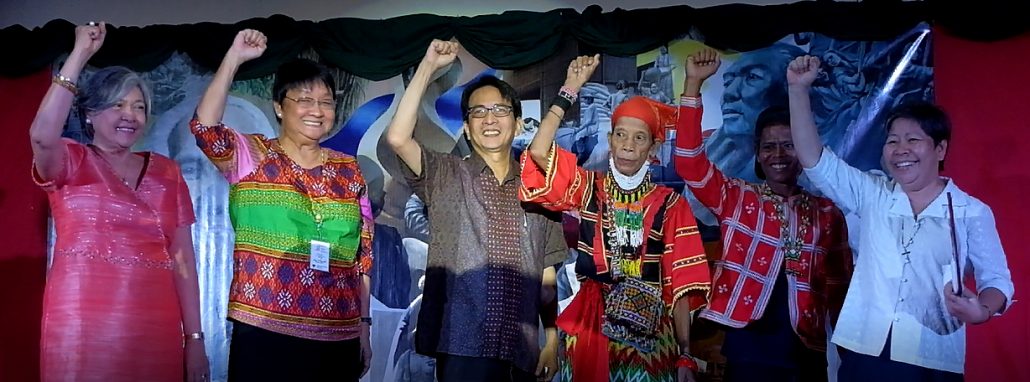
In 2017, she received the Gawad Tandang Sora Award from the University of the Philippines Diliman College of Social Work and Community Development.
READ: Woman warrior of Talaingod is 2017 Gawad Tandang Sora awardee
In 2019, she received the Ulirang Nakatatanda Award by the Coalition of Services of the Elderly as well as the Ginetta Sagan Award by Amnesty International USA in 2022.
“When I leave here, I will become a guiding light for you all. Don’t give up, but continue the struggle,” Bigkay uttered in her final days, Sabokahan IP Women said. # (Raymund B. Villanueva)

